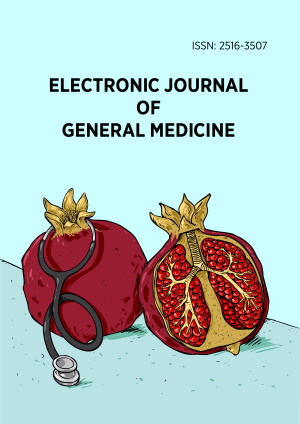Abstract
Introduction: Cervical tuberculous lymphadenitis (CTL) or scrofula is the most common extrapulmonary presentation of tuberculosis (TB), accounting for nearly 50% of the cases. This case report illustrates the role of artificial intelligence (AI)-based image analysis tool in aiding CTL diagnosis.
Main symptoms and clinical findings: A 3-year-old male patient presented with a persistent, non-resolving cervical mass. The patient showed no systemic symptoms such as fever or night sweats. Clinical examination revealed firm, non-tender, lateral cervical adenopathy.
Diagnosis and intervention: The patient underwent multiple diagnostic tests including Mantoux, polymerase chain reaction, and fine-needle aspiration biopsy. AI-assisted imaging analysis suggested TB-related lymphadenopathy, prompting further microbiological confirmation. The patient was prescribed a two-months regimen of first-line anti-TB medication.
Conclusion: This case highlights the potential of AI in assisting in the early identification of CTL through image analysis. AI can complement conventional diagnostics, especially in resource-limited settings, by streamlining clinical decision making and reducing diagnostic delays.
License
This is an open access article distributed under the Creative Commons Attribution License which permits unrestricted use, distribution, and reproduction in any medium, provided the original work is properly cited.
Article Type: Case Report
ELECTRON J GEN MED, Volume 22, Issue 6, December 2025, Article No: em693
https://doi.org/10.29333/ejgm/17170
Publication date: 01 Nov 2025
Online publication date: 30 Sep 2025
Article Views: 924
Article Downloads: 933
Open Access References How to cite this article
 Full Text (PDF)
Full Text (PDF)